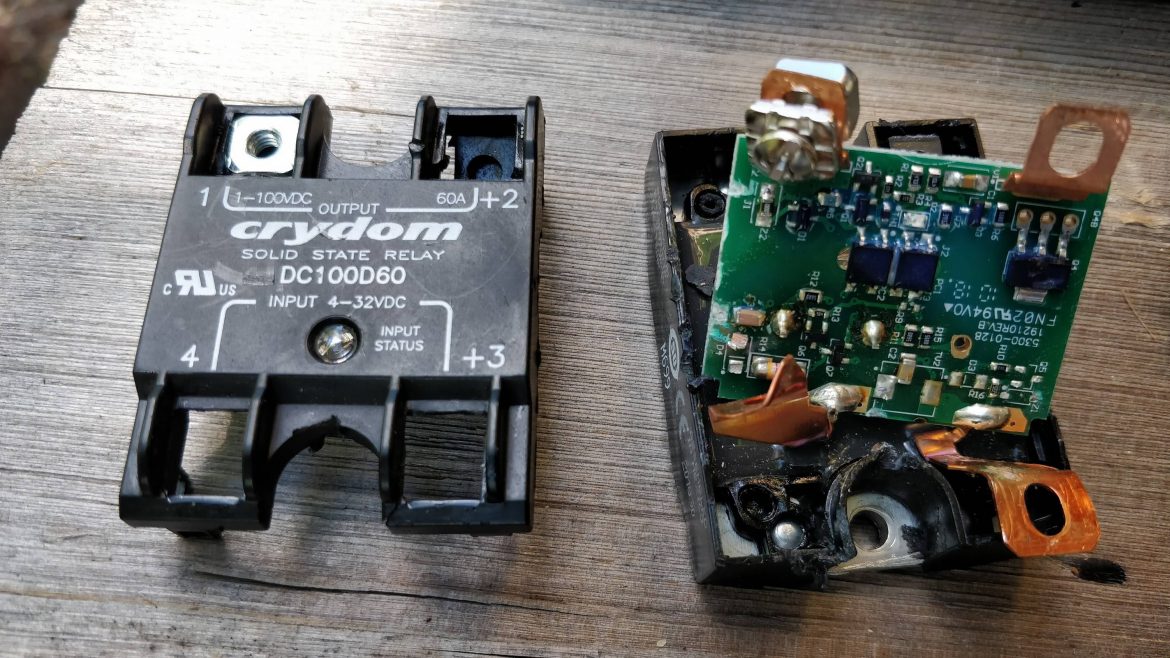Electromechanical relays play a crucial role in various industries, serving as essential components in electrical systems. These devices are responsible for controlling circuits by using an electromagnetic coil to mechanically switch contacts. In this article, we will delve into the fascinating realm of electromechanical relays and explore the multitude of types available.
- Reed Relays:
Reed relays are compact and versatile, making them popular in applications where space is limited. They consist of two or more reed switches enclosed in a hermetically sealed glass tube. Reed relays offer excellent electrical isolation and are commonly used in telecommunications, test equipment, and medical devices. - Latching Relays:
Unlike conventional relays that require continuous power to maintain their state, latching relays have a bistable mechanism that allows them to remain in either the open or closed position without power. These relays are energy-efficient and find applications in power distribution systems, industrial control, and automotive electronics. - Solid-State Relays (SSRs):
SSRs are semiconductor-based relays that utilize optocouplers, triacs, or thyristors to switch electrical loads. They offer fast switching speeds, high reliability, and noise immunity. SSRs are commonly used in industrial automation, HVAC systems, and medical equipment due to their long lifespan and silent operation. - Overload Relays:
Overload relays are designed to protect motors from excessive current, preventing damage and ensuring safe operation. They monitor the current flowing through the motor and trip when the current exceeds a predetermined threshold. Overload relays are widely used in motor control centers, pumps, and compressors. - Time Delay Relays:
Time delay relays introduce a delay between the activation of the coil and the switching of contacts. They are used to control operations that require a specific time delay, such as motor starting, lighting control, and sequencing. Time delay relays can be either solid-state or electromechanical, offering flexibility in various applications. - Mercury Wetted Relays:
Mercury wetted relays utilize a pool of mercury to make and break electrical contacts. They offer exceptional performance in terms of low contact resistance, high-speed switching, and long life. However, due to environmental concerns, the use of mercury wetted relays has significantly decreased in recent years.
Conclusion:
The world of electromechanical relays is vast and diverse, with each type serving specific purposes in different industries. From reed relays to time delay relays, each variant offers unique features and advantages. Understanding the various types of electromechanical relays empowers engineers and technicians to select the most suitable relay for their specific applications, ensuring efficient and reliable operation.

